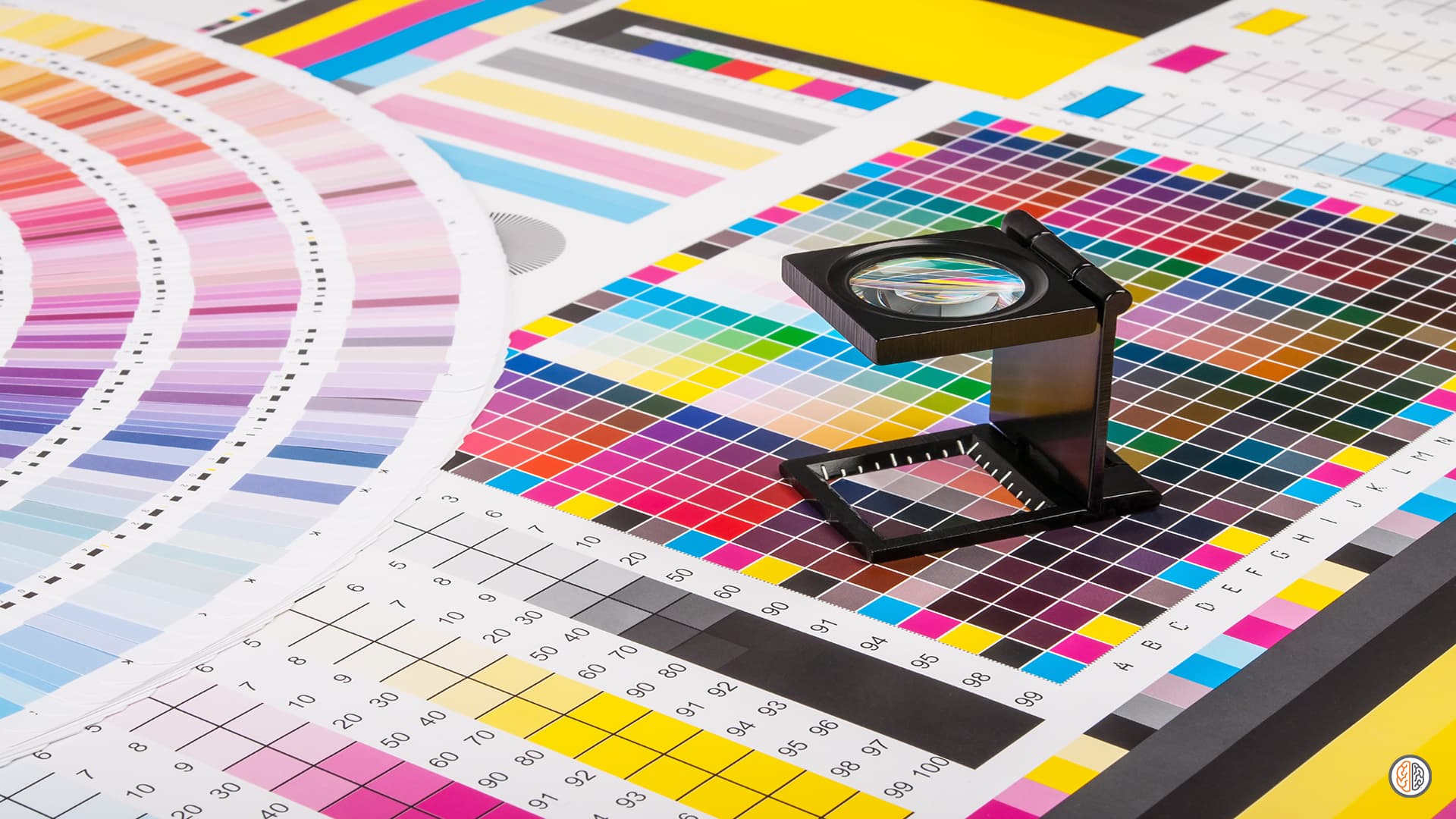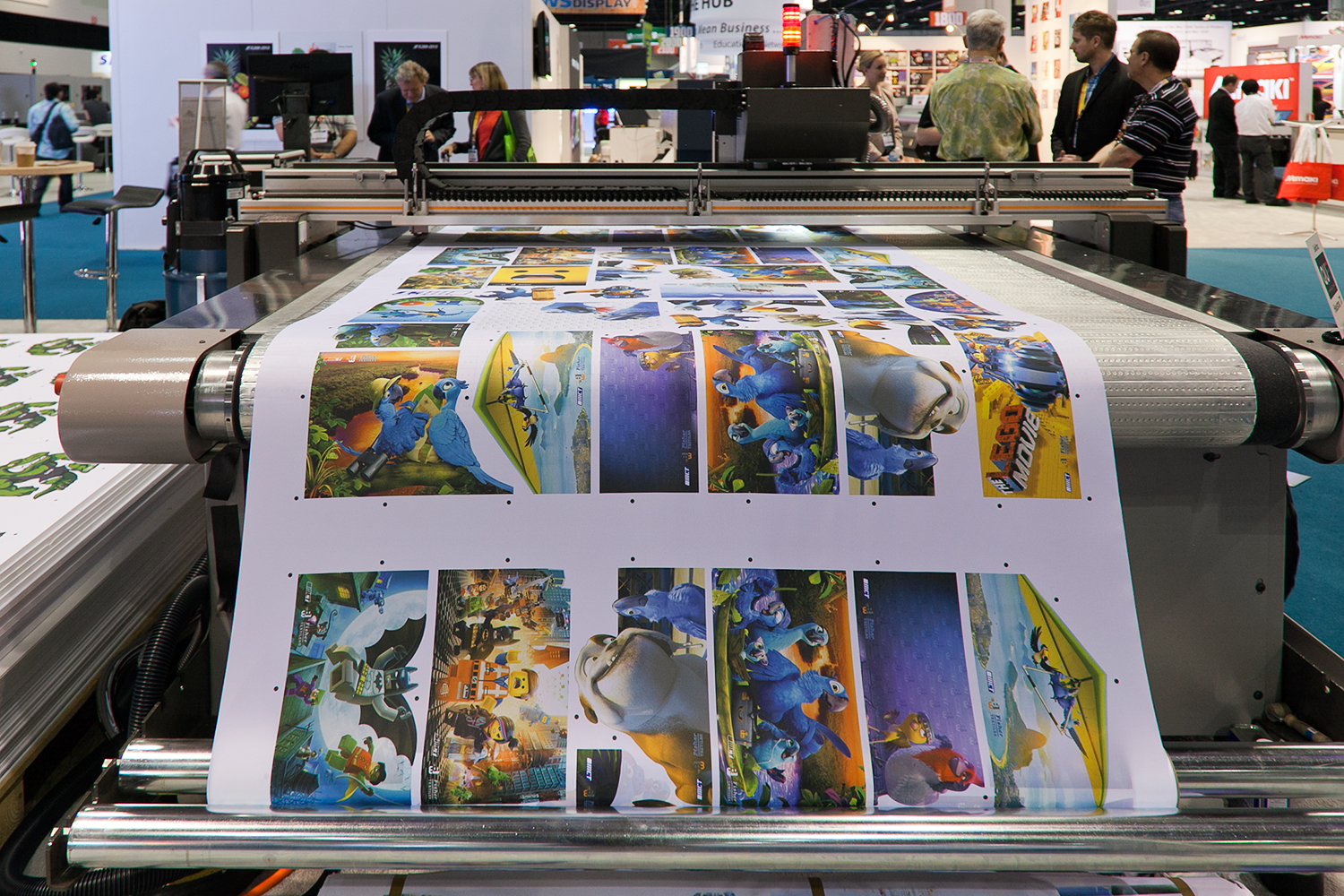The Greatest Guide To Digital Printing
8 Simple Techniques For Digital Printing
Table of ContentsThe Definitive Guide to Digital PrintingThe 6-Minute Rule for Digital PrintingNot known Details About Digital Printing About Digital PrintingAll About Digital PrintingUnknown Facts About Digital PrintingAn Unbiased View of Digital PrintingWhat Does Digital Printing Mean?
Personalization also allows companies to stick out in a congested market by producing unique marketing products that distinguish them from their competitors. One of the major benefits of digital printing is the ability to publish variable data. Each printed piece can be unique, permitting organizations to develop individualized advertising materials that talk directly to their target audience.Digital printing also enables for customization in the layout of marketing products (Digital Printing). With digital printing, organizations can produce layouts that are distinct and customized to their particular demands.
Some Ideas on Digital Printing You Should Know
By printing smaller quantities of advertising materials, services can minimize waste and prevent the requirement for excess stock. Digital printing is likewise flexible.
By using different materials and formats, companies can produce special advertising materials that stick out from their rivals and draw in interest from their target audience. Digital printing likewise provides consistency. With traditional printing methods, there is frequently variation between prints due to distinctions in ink coverage, stress, and various other elements.
This consistency can help construct consumer depend on and credibility, showing that the business is committed to providing top quality materials. Uniformity is especially important for businesses that intend to develop customer trust and reputation. By making sure that every print is constant, businesses can reveal that they are dedicated to giving top notch materials and paying focus to the details.
The smart Trick of Digital Printing That Nobody is Talking About

In enhancement, digital printing generates much less waste because it can print on demand and in smaller sized amounts, minimizing the demand for excess supply and products. Digital printing additionally makes use of less power contrasted to traditional printing methods. Digital printers do not require as much power to run, as they do not require to warm up as a lot or utilize as much power to run.
Excitement About Digital Printing

Countered printing calls for a plate for each shade printed. Standard countered printing is a print method that utilizes light weight aluminum plates to transfer ink onto a rubber sheet (usually referred to as a "blanket"). The photo is after that rolled onto the printing surface. This printing technique is taken into consideration "offset" since the ink is not moved to the paper straight.
The Basic Principles Of Digital Printing
The tools's set up expenses are high at first, additional units become reasonably much less costly as the quantity increases. Offset printing enables a variety of print materials to be used throughout manufacturing. It enables the printer to utilize different paper kinds, custom coatings, and different inks. The high-grade pictures produced through balanced out printing make it the recommended technique, specifically amongst graphic developers, when looking for the greatest shade recreation, detail, and professional-looking prints.
For digital inkjet printing, ink is moved directly onto the surface. Instead than relying on aluminum plates and rubber coverings to transfer a picture, electronic printing uses liquid ink throughout manufacturing.
The Buzz on Digital Printing
Much better color integrity refers to both the accuracy of the colors and their balance in the design. Since balanced out printing can blend custom color inks for each job, it will naturally get the colors spot-on. Works equally well on practically any type of type of material. Trusted, superior image quality. Count on offset printing for clean, distinctive kinds and photos without streaks or spots.
It costs a lot to begin a balanced out task. You have to invest money right into developing the plates, which takes some time. When you've spent it, all of the materials are ready to go, and you'll invest like this less on large balanced out tasks than an electronic print, which is regarding the same per item no matter how large the job obtains.
Digital printing is less pricey for low-volume jobs. The cost per device goes down for digital printing, so at some point, they crisscross. Transforming information within a single print task.
Excitement About Digital Printing
While electronic printing or inkjet printing is the recommended selection in the existing times, there are engaging reasons to convert from offset to electronic printing systems. When publishing countered or electronically, essential choices and procedures are included in color matching.
Industrial inkjet printing offers versatility for printing on several various substrates. Digital printing is ideal for consumers who do not need longer runs and warehousing materials.

One advantage of digital printing is picking from a vast array of electronic substratums. With countered printing, substrates comprise, typically, 30% of the price of the job. With digital printing, the expense of the substratum in the total job is small. This enables even more choices than ever, and that benefits marketing experts and organizations.
Some Known Questions About Digital Printing.
drop-on-demand is the 2nd printing technology to consider. Constant inkjet systems require considerable maintenance, more operator training, and read higher downtime. However, tools prices in inkjet printing are much reduced than balanced out printing as there are no plate-making, plates, and press costs. Beyond the capital spending, the prepress Visit This Link devices and printing presses call for highly skilled drivers in countered printing, which adds labor costs.